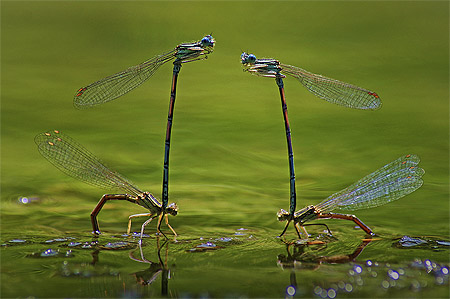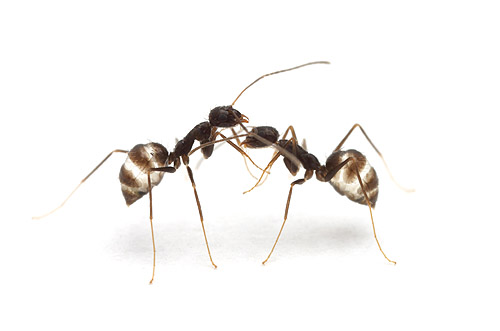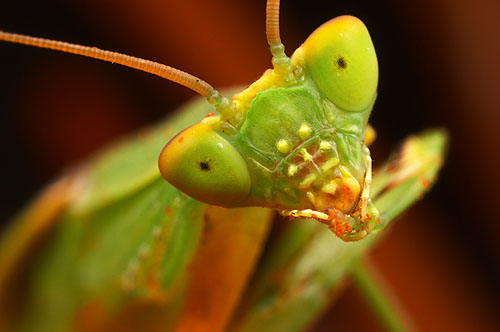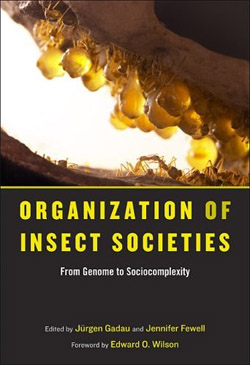Dalantech over at the No Cropping Zone writes:
From time to time I see people argue about the backgrounds in macro images, and about how dark backgrounds don’t look natural –whatever the heck that means. Seriously what’s natural about macro photography? Do you see all the detail in a bee’s compound eye or the tiny “hairs” that cover most leaves without the aid of some sort of magnifier?
I think Dalantech is entirely correct in that arguments about the naturalness of black backdrops are unconvincing. There are many reasons to take photographs, and capturing an animal in a particular environment is only one of them.
Having said that, though, I’ve never been overly fond of the black background, even though I use it occasionally as a compositional device. Black is in some respects a default setting for macro. If you use a flash pointed away from the backdrop and a fast shutter speed, the background will fade to black as a matter of course. Consequently, there are piles of black-backdrop macros floating around. Sort of like turtlenecks at an art museum. Enough to border on the monotonous.
Since black can be produced by accident, lots of those black background photos are themselves accidental, snapped without any attempt at composition. They’re just more bad bug-on-a-flower-shots. And as I get sick of seeing them, I go off black backgrounds generally. Guilt by association.
Of course, my opinion is deeply unfair. Dalantech’s photos are carefully composed and really superb. Black is part of his distinctive style, and no one would argue that he’s just another guy taking happy snaps of bugs-on-flowers. Maybe I’m just a big fan of white. Which never ever gets monotonous, no?
Read Full Post »


























